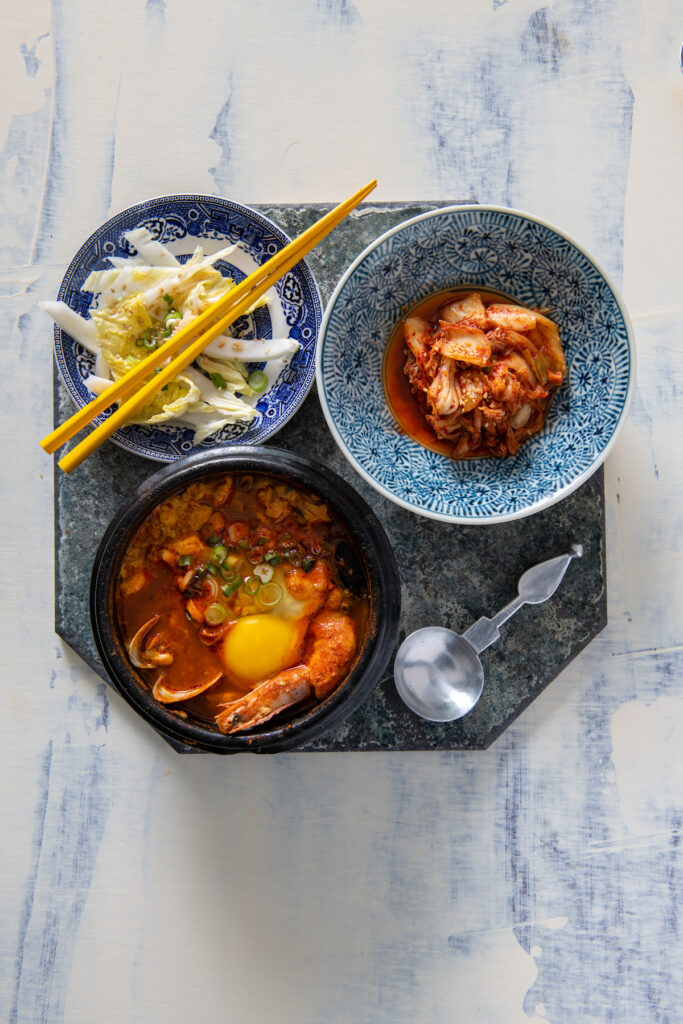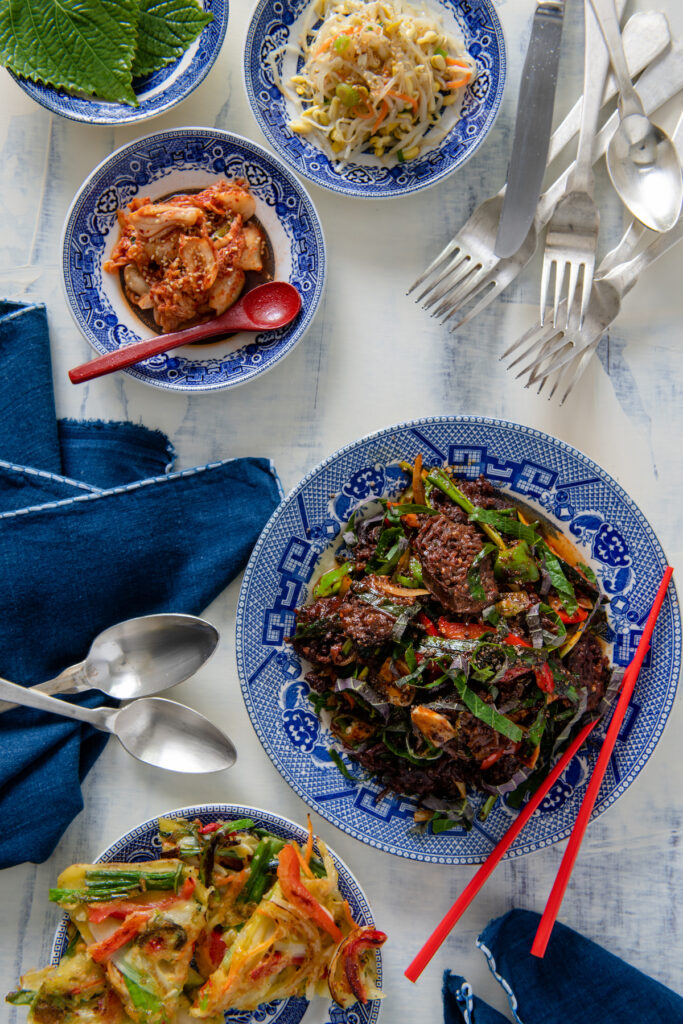Yang-suk Biondi arrived in Pittsburgh in 1985. Her husband’s hometown became her home – thanks to the family they made together, and to her decision to bring a bit of South Korea, her birthplace, with her.
Flavors Rooted in Tradition
She opened a Korean grocery store with her brother in Oakland in 2004, and just over ten years later realized her dream of starting a restaurant, Nak Won Garden. Nak won means “paradise” in Korean, and Yang-suk makes sure that the wildly flavorful menu lives up to the name. Her tendency to mother anyone who visits means that the restaurant is also something of a paradise for international and American students who flock there for food and TLC.

Yang-suk grew up on her grandmother’s farm in Mopko, at the southern tip of the Korean peninsula. Thanks to growing up in a climate roughly similar to Western Pennsylvania, her early knowledge of farmed and foraged herbs and vegetables translates well to Pittsburgh. The family grows much of Nak Won’s in-season produce on plots around the city.
Yang-suk often pulls over on country roads to gather wild watercress, onion grass, and other flavorful ingredients. She accomplishes the growing, the harvesting, the foraging, the kitchen prep, along with the cooking, plating and serving, with forceful efficiency. She has no interest in wasted effort or time.

Where Every Dish Tells a Story
The restaurant came onto the Pittsburgh dining scene at the beginning of a boom in interest in Korean food. Her daughter Christina returned from Los Angeles in 2015 to help get the family business going. She says, “It’s the last Asian cuisine to be embraced, but its complex flavors and earthy qualities are on the rise.”
A habit of extracting all the nourishment and flavor from every available foodstuff, born of necessity, forms the backbone of the culinary tradition. Homemade blood sausage embodies “thrift made delicious,” especially when stir-fried with perillaleaves, a little sugar, pepper, green onions, garlic, and garnished with perilla seeds.
Korean-style beef tartare, another cucina povera dish, is also popular. However, Christina remarks, “We took fish roe soup off the menu because it was too authentic.”

A must-taste at Nak Won is kimchi. Yang-suk ferments several varieties, starting with different sorts of leafy greens. This includes bumper crops of cucumbers and onions, flavored with salt and Korean red pepper flakes. The red pepper is stupendously delicious. It reveals floral and earthy notes as it slowly unfolds both flavor and heat across the tongue.
What’s the secret ingredient in every dish at Nak Won? Christina reveals all: “Everything on the menu is there because we were hungry for it. We wanted to share only the things we think are delicious, so of course it’s all good.
Story by Keith Recker
Photography by Erin Kelly
Styling by Christina Biondi
Subscribe to TABLE Magazine’s print edition.
